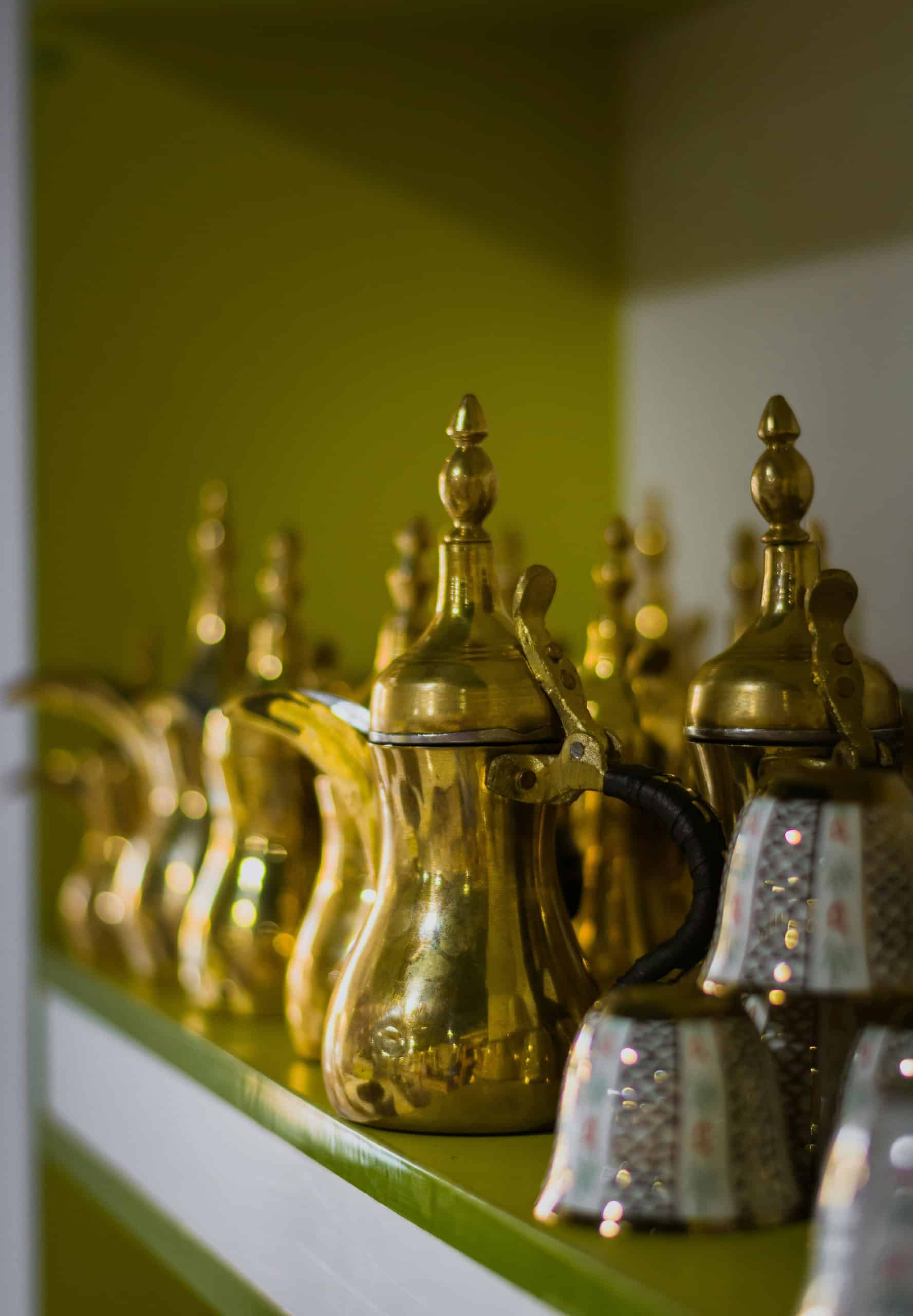Arabic Customs and Culture
Arabic Customs and Culture
1. Introduction
Arab culture represents one of the world’s oldest and richest civilizations, blending centuries of history, religion, and community. Across 22 Arab nations, traditions vary by region, but shared values—family, hospitality, respect, and faith—remain central to daily life.
2. Family and Kinship
Family is the foundation of Arab society.
-
Families are often large, close-knit, and multigenerational.
-
Elders are respected as guardians of wisdom and heritage.
-
Children are raised to honor parents, care for younger siblings, and maintain family unity.
In many homes, grandparents play an active role in storytelling and moral education, helping to preserve cultural continuity.
As noted by DinoLingo, Arab families emphasize mutual responsibility—“children are taught from a young age to respect their elders and care for the younger ones.”
3. Hospitality and Generosity
Hospitality (karam) is a pillar of Arab culture.
Guests are treated with warmth, generosity, and abundance. Serving coffee, tea, and sweets is customary, and visitors are encouraged to relax and feel at home.
-
Refusing food or drink is considered impolite.
-
Hosts often insist multiple times before a guest accepts.
According to the UAE Embassy, this generosity reflects an ancient Bedouin tradition—“guests are honored with open arms and offered the best available provisions.”
Even today, Arab hospitality extends to strangers, symbolizing community trust and solidarity.
4. Social Etiquette
a. Greetings
-
Handshakes are common among men.
-
Close friends may greet with kisses on both cheeks or hugs.
-
Men generally wait for women to initiate a handshake, out of respect.
b. Manners
-
The right hand is used for eating, greeting, or giving gifts.
-
Avoiding pointing with a finger and lowering the gaze when appropriate are marks of politeness.
-
Removing shoes before entering a home is a sign of respect.
The University of Arizona’s Outreach Program notes: “Arab greetings reflect sincerity, warmth, and hierarchy—never rushed, always deliberate.”
5. Food and Dining
Communal eating is one of the most socially significant customs in Arab life.
-
Meals are shared from large platters, reinforcing equality and togetherness.
-
The right hand is used for eating, especially in traditional settings.
-
Leaving a small portion of food signifies satisfaction and gratitude toward the host.
-
Alcohol and pork are generally avoided in observant Muslim households.
As Public Intelligence notes, “the act of sharing food is both an expression of generosity and social bonding.”
6. Dress and Modesty
Dress varies widely between countries—from the traditional abaya and thobe to modern Western attire.
Modesty remains a key value; clothing is expected to be neat and respectful, especially in public or religious contexts.
-
In Gulf countries, men often wear a kandura (robe) and women an abaya, with or without a headscarf.
-
In more liberal Arab societies, styles mix traditional elements with global fashion trends.
Mueller & Sohn notes that Arab clothing “reflects social values, climate, and faith—sometimes more liberal, sometimes more conservative.”
7. Core Cultural Values
Arab culture emphasizes timeless virtues that shape both personal conduct and social life:
| Value | Meaning |
|---|---|
| Respect | Toward elders, guests, and social hierarchy. |
| Generosity | Open hospitality and charity are moral duties. |
| Community | Collective responsibility over individualism. |
| Faith | Religion guides ethics, rituals, and identity. |
| Honor (Sharaf) | Central to family and personal reputation. |
As Artivira explains, “Arab culture celebrates generosity as both a moral and aesthetic expression of identity.”
8. Conclusion
Arabic customs and culture weave together hospitality, family devotion, modesty, and mutual respect.
From the warmth of shared meals to the courtesy embedded in greetings, Arab traditions form a living heritage that continues to influence social life across the world.






